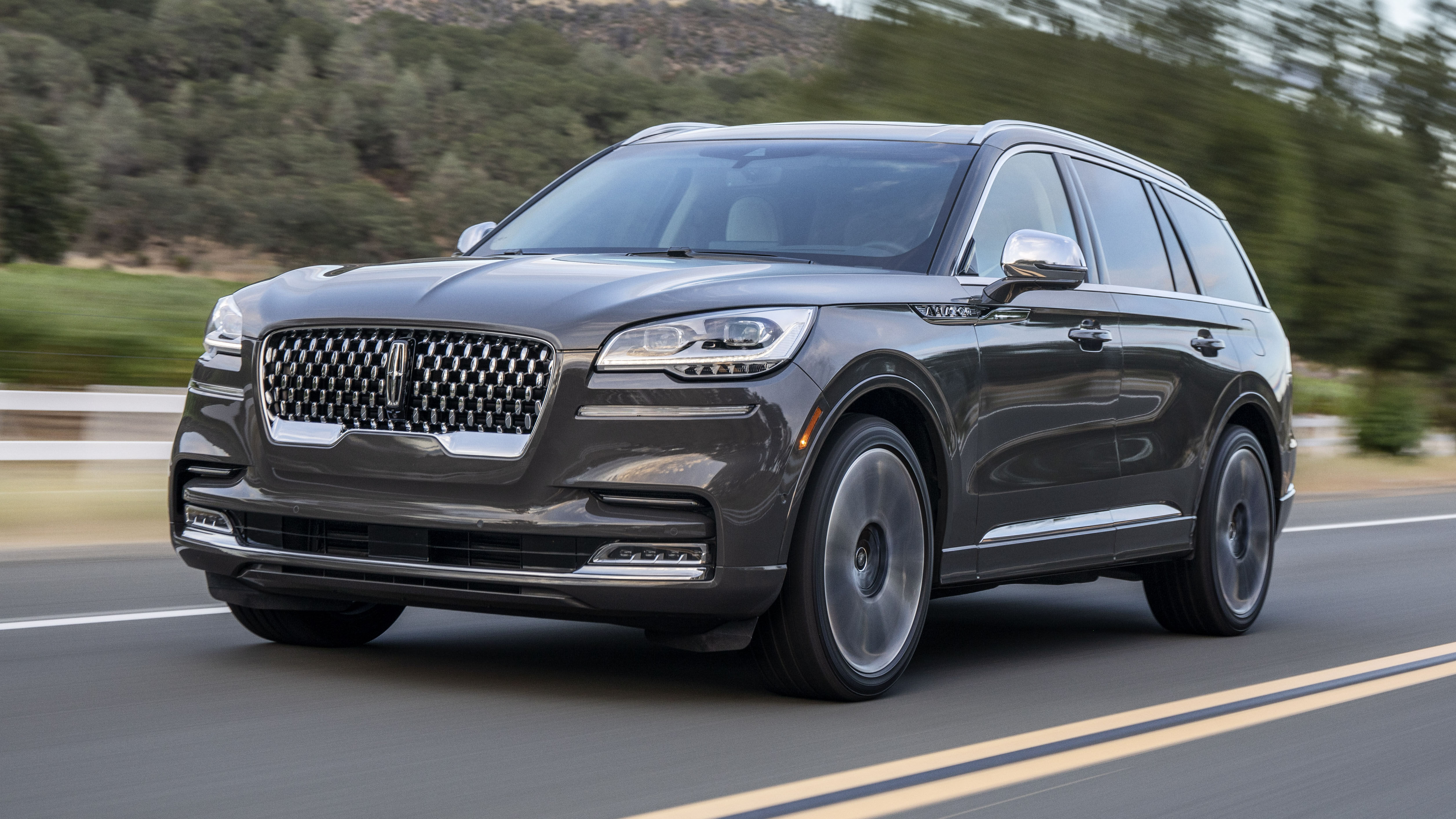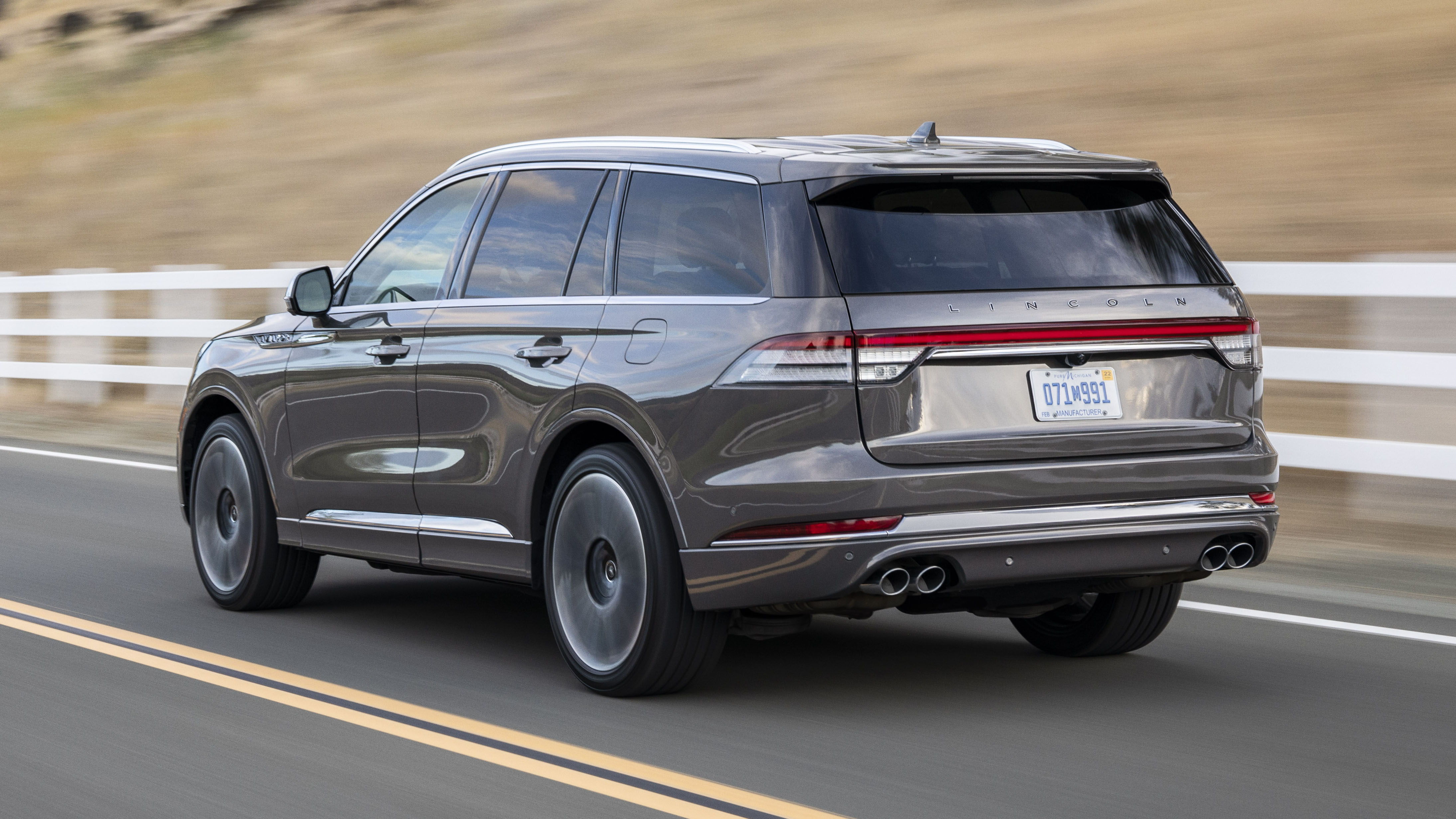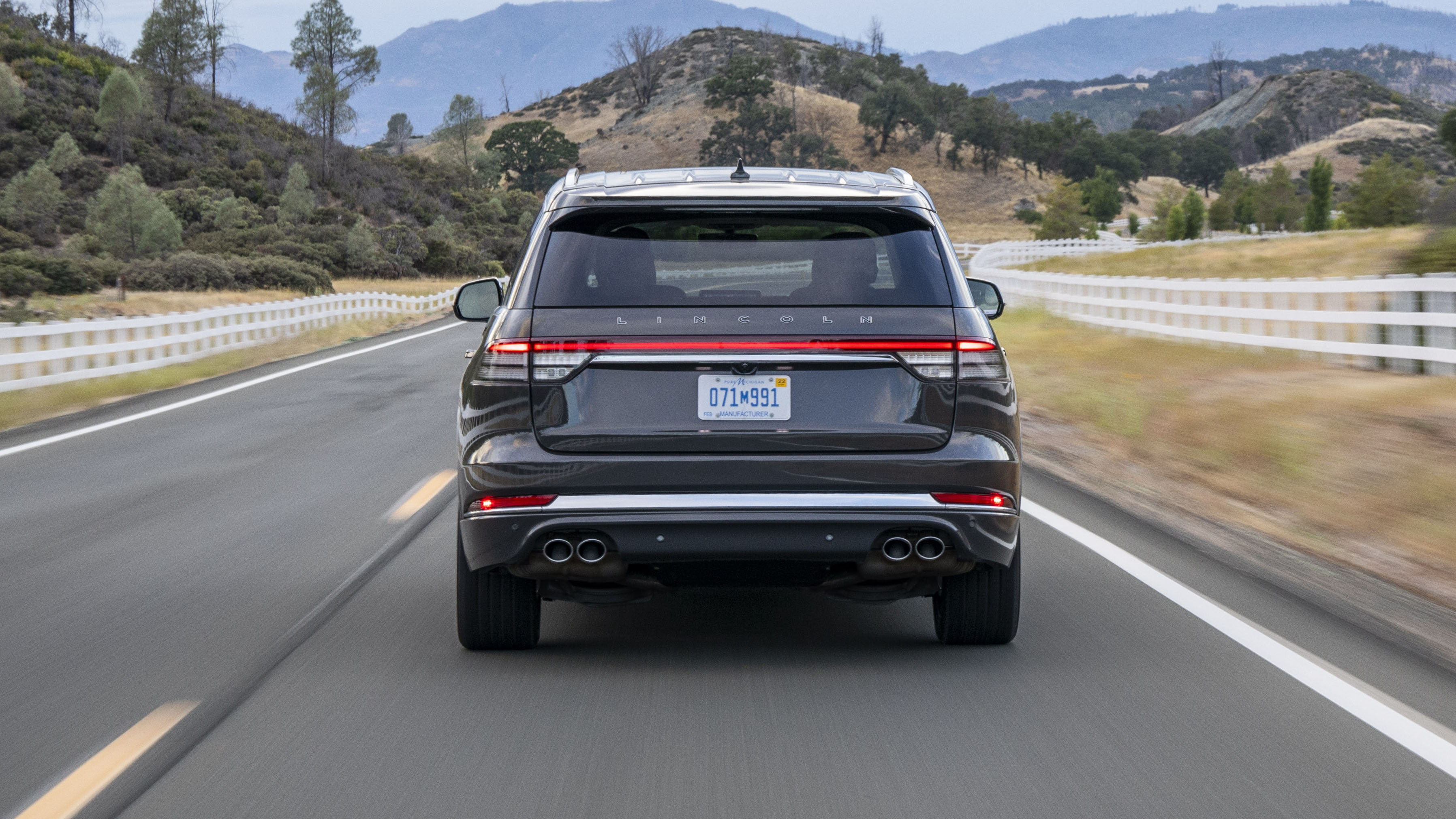
Lincoln Aviator review
Good stuff
Interior space, manageable size, technology
Bad stuff
Hybrid drivetrain detracts not adds
Overview
What is it?
The Lincoln Aviator has always been in the shadow of its big brother, the Navigator. But the truth is this slightly smaller model, based on the new Ford Explorer platform, when specced correctly is more often than not the pick of the Lincoln litter.
It has all the quality and service you’d expect from a brand buying its way back into the top end of the market. But the Aviator also has a more wieldy feel about it. It has none of the Expedition-based Navigator’s huge bulk to lug around, so it’s easier to manoeuvre, park and generally thread through traffic. But it’s still big enough to fit up to four people, a couple of kids and some luggage in a high level of comfort.
As per the Navigator there is, regrettably, no V8 option in the Aviator range. Instead the base car is fitted with a 3.0-litre twin-turbo V6 with 400bhp/415lb ft, which sounds like it should be enough to propel the car at quite a lick, but the numbers suggest otherwise. Its 0-60mph time is distinctly leisurely when compared with the German competition.
The higher-power variant is the plug-in Grand Touring model, which we tested here. This is fitted with the forced-induction V6 plus an electric motor which together bring the output to a much healthier 494bhp/630lb ft. But the downside is that this system also adds a scale-busting 800lb to the already hefty car, so any benefit that might have been gained by adding the electric motor is very quickly lost again.
That aside, the rest of the technology in the Aviator is more successful. The 30-way adjusting massage front seats are superb, the safety suite simple to operate and the sound system is on another level to other SUVs. So it’s a pleasant place to spend time, but is it something you’d want to own?
What's the verdict?
We had high expectations that the new Aviator would be the pick of the Lincoln range of luxury SUVs. On paper it has it all – power, presence and fuss-free luxury. But in the metal, a few wrong options have dimmed this sparkle to a faint glow. The hybrid drivetrain is just not good enough to justify the extra expense and complication.
Yes, the government tax credit almost covers the price difference. But the small extra performance it adds – and the way that it adds it – comes at the expense of refinement and handling. It needed to be the best in the industry to compete and it’s not. So it’s best avoided for now.
The rest of the Aviator is absolutely on point, though. The cabin is quiet, luxurious and extremely comfortable in both the first and second rows. So there’s a lot to like here. If you can afford the Black Label spec – in non-hybrid form – that is the best, most complete expression of this model.
But the sweet spot is much further down the range. A Reserve-spec in RWD feels light and agile by comparison, yet can be had with a lot of the extra luxury features and still be $20k cheaper than the range topper. So this is where we would spend our money.
Featured

Trending this week
- Car Review
Hyundai Kona
- Long Term Review
Time's up with the Mini Countryman: here's the six-month verdict
- Top Gear's Top 9
Nine dreadful bits of 'homeware' made by carmakers






